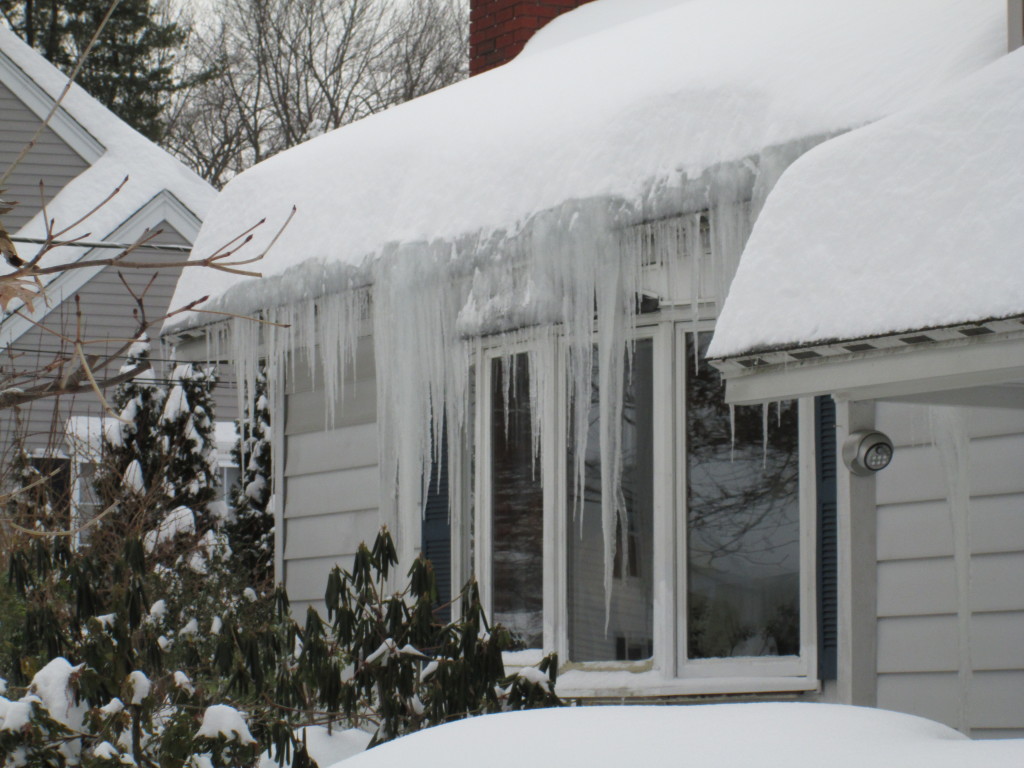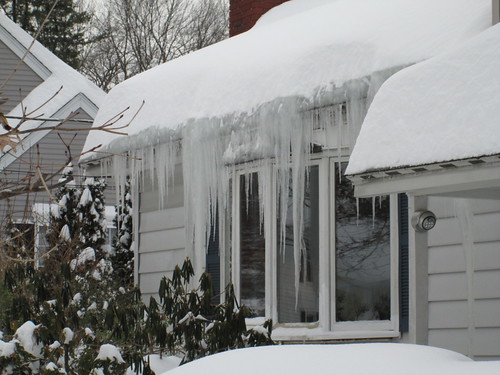Lowell Week in Review: February 15, 2015

Winter of 2015
A story in yesterday’s Globe captured perfectly the state of affairs in Lowell these days. Here’s part of what the Globe’s Nestor Ramos wrote:
On snow-packed side-streets we are facing off in low-speed games of chicken. In snarled traffic circles and icy intersections, we are angling for every inch. And out here lately, the biggest jerk always wins. The shoveling is breaking our backs, and the cold is breaking our spirits. But in Boston, it is the driving that has broken our psyches.
The city of Lowell has done a very good job of clearing the snow after each storm and has been diligent about clearing away snowbanks after the snow stops. But only so much can be cleared so fast and that makes for some very narrow streets and robs the city of a great many curbside parking spaces. With the temperature so cold, nothing is melting except for the snow closest to your roof but that just freezes up as it approaches the edge of your roof causing ice dams.

Ice dams are the new water cooler topic at everyone’s workplace. The ice at the edge of the roof creates a barrier that blocks the flow of liquid off the roof so as your warmer-than-the-air roof causes the snow right atop of it to melt, the melted snow (i.e., “water”) dribbles down the roof towards the edge but then hits the part of the roof that overhangs the wall of the structure. With no heat from below, that part of the roof is very cold which causes the water to freeze before rolling off. The frozen water accumulates there, blocking the water coming behind it. That water just pools on your roof until it finds its way through the shingles and into your house. When you come home from work and find a drip-drip-drip from a window casing or light fixture, you know you have an ice dam.
Hiring someone to go topside and shovel the snow off your roof is probably the best way to stop this kind of leaking but that only lasts until it snows again. There are a bunch of short-term remedies of limited usefulness like snow rakes, heated cables, ice melt in hockey puck sized pieces or just plain ice melt poured into a sock which is then thrown on the roof. The textbook solution is to insulate and ventilate your house so that the inside of the roof is the same temperature as the outside of the roof which slows this artificial melting of the snow. That’s true in theory but houses are so unique that it doesn’t work all the time, so ice dams will stay with us until the weather warms considerably. They’re just one more of the aggravations of winter in New England.
Snow Removal Costs
Like homeowners paying more to get driveways plowed and roofs shoveled, the city of Lowell has paid more than usual for snow removal this winter. Almost $2 million so far and rapidly rising according to City Manager Kevin Murphy at this past Tuesday’s City Council meeting. Some of that will be reimbursed by the state because of the declaration by Governor Baker of a state of emergency, but the city’s snow removal expenditures will greatly exceed the amount budgeted which will put added strain on city finances.
With property taxes having gone up this fiscal year, I suspect the council will not want to raise them again in the coming fiscal year, especially since that will be the lead in to the next city election. In recent council meetings, however, we haven’t heard the word “cut” used very often. Much of what is talked about will require more money to be spent by the city although the cost of new ideas often gets left out of the conversation.
Don’t get me wrong. I’m not complaining about my property taxes. I think I get good services for what I pay but too many Americans in the 21st century adhere to a “get something for nothing” mindset and so there will always be complaints about taxes, no matter how reasonable or prudent they may be. This will create a great temptation for the council and the city administration to cut some fiscal corners in this year’s budget. Too often in the past in Lowell, our communal chant of “no new taxes” on the one hand with a demand for more services on the other has led to a fiscal catastrophe. Let’s not let that happen again.
Hamilton Canal News
One day we learn that the Lowell Five Cent Savings bank might not be constructing a new building and the next day we learn that they city and the Federal government have formalized the agreement that will transfer the National Park Service’s Dutton Street parking lot to the city for use as a development site in exchange for the city’s agreement to build a parking garage for NPS use elsewhere on the site.
Is the Hamilton Canal project progressing or is it not? If it is moving forward, it seems to be doing so at a glacial pace. The excuse of the Great Recession stalling statewide development was a valid one but that started back in 2008 and it’s now 2015. Having big projects hit snags is nothing new. What is now the UMass Lowell Inn & Conference center failed as a downtown hotel despite having at least three different owners and the Tsongas Arena struggled with deficits until UMass Lowell took it over. Even the Pawtucket Canal, constructed in the 1790s, was a failure, put out of business by a competing canal that came a few years later. But within a decade of its closure, a new group of entrepreneurs revived the Pawtucket Canal not for transportation but for power generation. A failed venture was repurposed to become the key component of the great new industrial city called Lowell.

Governor Patrick’s visit to Hamilton Canal District in October 2014
Overcoming initial failures is in Lowell’s DNA so the Hamilton Canal can be a success – but only if everyone pulls together to unite behind a shared, long-term vision, even if that vision is a modification of the current plan. The risk is that the quest of positive headlines in time for the next election will leave the city with something less than it deserves.
Shop Local
Local businesses have had a tough winter. When narrow roads and scarce parking not to mention the blizzard of the week make you hesitant to even leave your house, you’re unlikely to venture out to shop for anything but the essentials of life. That’s a shame, both for the businesses and for each of us, because there are some great things for sale right here in Lowell. For example, this Valentine’s Day I purchased an amazing gift box of baked treats at Little Delights Bakery on Merrimack Street and some gifts at Western Avenue Studios. When it comes time to shop, always think Lowell first. You can find some great stuff and you help the local economy.

Valentine’s Day gift box from Little Delights Bakery on Merrimack St

Jewelry from Smith Dry Goods; painting by Nita Casey Leger, both from Western Avenue Studios
MBTA
When inclement weather makes it inconvenient, even dangerous, to drive, many people’s thoughts and actions turn to public transportation. The performance of the MBTA and Commuter Rail has been disastrous in that regard. The worse the weather, the worse the performance of public transportation.
The main problem seems to be a lack of investment in new equipment. Sure, the usual suspects in the media are on the trail of the 39 year old pensioner living in Florida, but those in the media who latch onto that now do us all a great disservice because it lets us all of the hook. If we want a convenient and reliable public transportation system, it requires the expenditure of a great deal of money. But because we all want something for nothing, it’s easy to abdicate our responsibility for paying for such a system by attributing its woeful performance to a few hacks who have gamed the system. By all means, root them out and fix the loopholes they exploit, but that will do nothing to improve the performance of the Lowell line when the temperature drops to the single digits.
Collateral damage of the MBTA’s dreadful performance this winter is Boston’s bid for the 2024 Olympics. If the state’s public transportation system can’t handle a couple of powerful but predictable snowstorms, how will it deal with Olympic-sized crowds?
David Carr
One of the high points of my Monday mornings for several years has been reading David Carr’s Media Equation column in that day’s New York Times. Carr wrote frequently about the changing media world, tackling topics ranging from the disruptive capabilities of the latest smart phone to the seemingly insolvable mystery of how newspapers make money in the age of the internet. Carr dropped dead Thursday at age 58 so he no longer will helping us find our way through the spiraling media world we inhabit. His obituary and an appraisal of his work by his Times colleague A. O. Scott are well-worth reading.
Dick , I absolutely love the cow painting….. the quizzical look on his/her face is priceless.
Enjoy your news…like the sweets and jewelry…not loving the cow, but 2 out of 3 not bad. Thanks Dick
FYI ice dams are 100% preventable with insulation (even on older homes); for example this house on the left was built in 1890:
https://drive.google.com/file/d/0B1eBbISIYH8hdFFtUEQ1OG9wU0U/view
The trick is if there is not enough room to blow-in insulation under the roof to add insulation on top of the roof; you just need to find a contractor that understands the techniques :).
Such upgrades are subsidized by utilities and will save a significant amount on heating costs:
https://www.masssave.com/residential/offers/weatherization
https://www.masssave.com/residential/offers/der-national-grid
It is also generally economically viable; although such upgrades can rarely be done for free the pay-back in saved heating costs is usually far less then 10 years.
If anyone is curious feel free to email me at cgleba@gmail.com. I should note I’m not a contractor and am not trying to sell anything; I’m just an “energy nerd”.